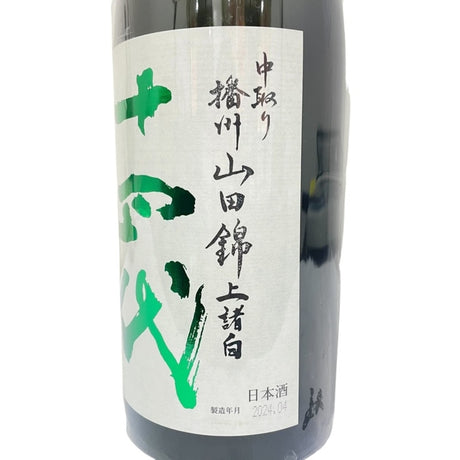
🆕 十四代 播州山田錦 上諸白 生詰
By Vincent Ma
2024年 高木酒造 把播州山田錦純米吟釀 從精米歩合從50%降至45%並且改名為播州山田錦上諸白。輕快的口感,入口有豐富的果香,帶有青蘋果、白桃、瓜系等風味,微微的辛口感帶出俐落的風格,尾韻較為優雅。 可當餐前酒,或是海鮮、生魚片類,清淡調味的肉類也能搭配合宜。

By Vincent Ma
2024年 高木酒造 把播州山田錦純米吟釀 從精米歩合從50%降至45%並且改名為播州山田錦上諸白。輕快的口感,入口有豐富的果香,帶有青蘋果、白桃、瓜系等風味,微微的辛口感帶出俐落的風格,尾韻較為優雅。 可當餐前酒,或是海鮮、生魚片類,清淡調味的肉類也能搭配合宜。
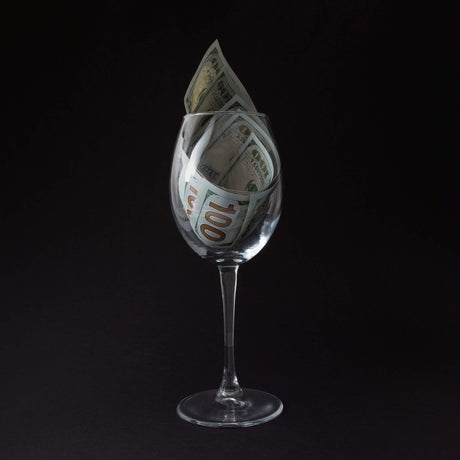
By Vincent Ma
One of the prominent trends in fine wine investment is the growing interest from institutional and individual investors alike. As traditional investment markets become increasingly volatile and unpredictable, investors are...
Read more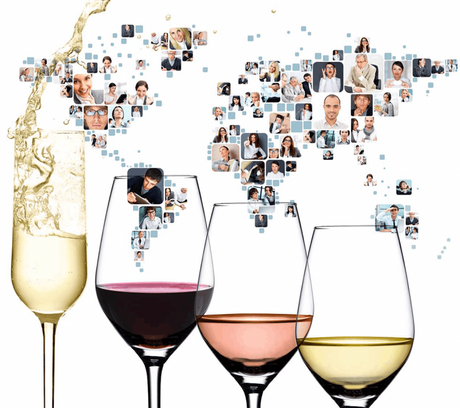
By Vincent Ma
One of the primary ways in which social media has influenced wine culture is through the democratization of wine knowledge and expertise. Platforms like YouTube and TikTok have become popular...
Read more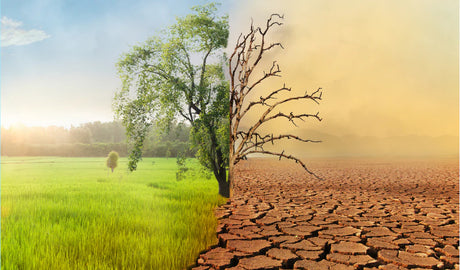
By Vincent Ma
One of the primary challenges that vineyards face due to climate change is the shift in grape ripening patterns. Warmer temperatures can accelerate the ripening process, leading to earlier harvests...
Read more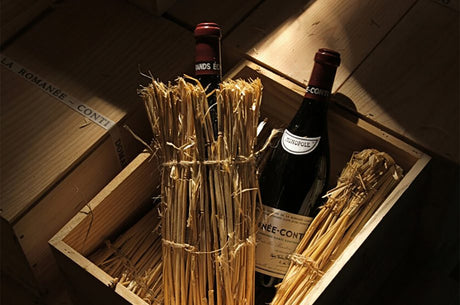
By Vincent Ma
Let's explore some noteworthy wines from DRC, each offering a unique expression of terroir : Vosne-Romanée 1er cru Cuvée Duvault-Blochet: A vintage child, showcasing juicy raspberry and strawberry notes with...
Read more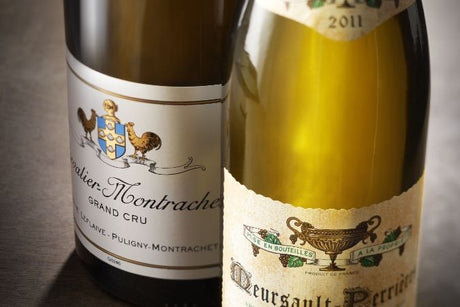
By Vincent Ma
Chardonnay enthusiasts, let's talk about the tumultuous journey of this beloved grape. Back in the 1980s, a rebellion known as "Anything But Chardonnay" (ABC) emerged, fueled by dissatisfaction with overly...
Read more